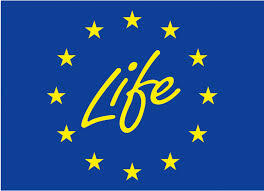
Interested in this kind of news?
Receive them directly in your inbox. Delivered once a week.
Typically, a European car driver spends €549 a year more on fuel than official figures claim. According to figures from the International Council on Clean Transportation (ICCT), cars consume 42% more fuel than advertised. The worst offenders are Mercedes-Benz cars, with an average gap of 54%.
Greg Archer, clean vehicles director at T&E, said: ‘With cars that burn over 40% more fuel than advertised, carmakers are deceiving consumers and cheating environmental rules. New tests are not enough. They also need to be conducted by independent agencies in independent laboratories and approved by regulators who don’t turn a blind eye when carmakers bend the rules.’
The recently launched campaign Get Real by DUH and T&E aims to inform consumers about the gap and encourages citizens as well as politicians to demand realistic fuel consumption figures from carmakers. Specifically, customers will learn about the growing gap between real and official fuel consumption, loopholes in new test methods, as well as the legal options they are entitled to resort to.
Additionally, both organisations are working on a mobile application that will show car drivers with one click how much fuel a car is really guzzling, allowing them to make informed choices before buying a car. The app will also allow the consumers to track their own fuel consumption and contribute to the crowd-sourcing of data on real-world fuel consumption. The application is developed with support from the German information platform Spritmonitor.de and is scheduled to launch in mid-2018.
In the course of the campaign, DUH and T&E will also perform tests of CO2 emissions and fuel consumption tests with representative new cars and evaluate the so-called WLTP test method. While this new test is more representative than the current obsolete (NEDC) version, the WLTP test results still typically estimate emissions at more than 20% lower than what is achieved by a typical driver on the road. This is why T&E has been developing a real-world CO2 test with the Peugeot Citroen group that is providing customers with reliable information in showrooms. The real-world performance of around 1,000 model variants will be launched by PSA and T&E at the Geneva Motor Show and the campaign demands that a similar test be introduced as part of EU regulations on future car CO2 regulations to end test cheating.
“Get Real – Demand fuel figures you can trust” (LIFE15 GIC/DE/00029, Close the gap) is funded under the LIFE programme of the EU Commission.


